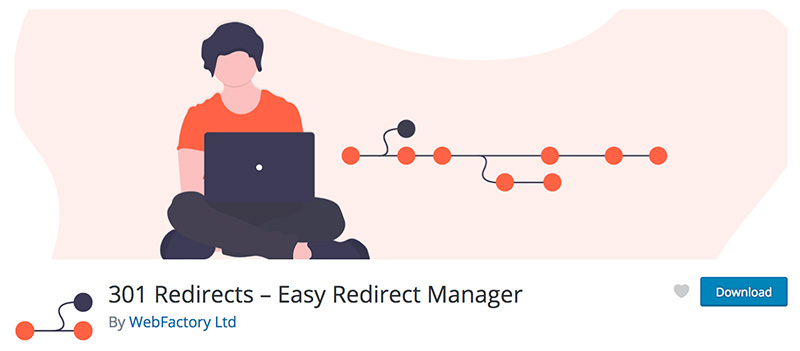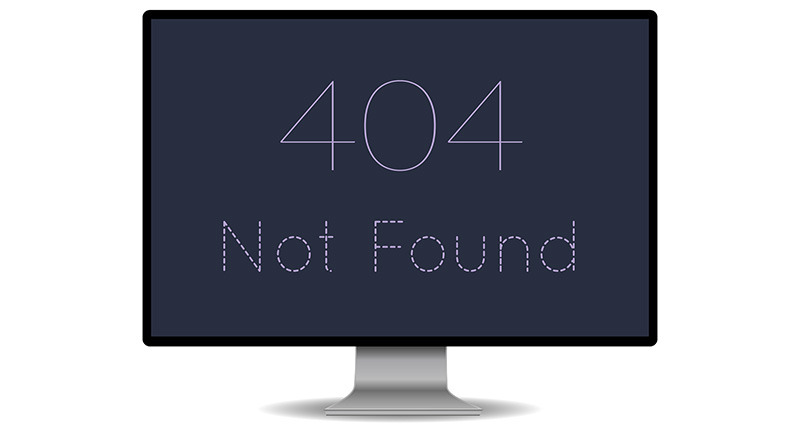Writing blogs can become a tedious and repetitive task, especially if you have been doing it for several years or more to improve SEO. You struggle to find inspiration; you keep writing about the same or similar topics and you keep repeating the same things. Having similar blogs that contain similar keywords can hurt your Search Engine Optimization (SEO) ranking, so in order to fix this, we recommend you to merge these blogs into one longer blog post with an overarching theme and, for this, you need to use a redirect.
A redirect is a way to send your visitors from an old URL site to a newly refreshed site which contains the newest information and blog posts. The one we recommend is a WordPress 301 Redirect Plugin.

But first, let’s explain what SEO is.
Search Engine Optimization is the process of making your website/blog rank higher for search engines by changing the quality and quantity of your website’s traffic. Basically, you want to create good content. Google creates a page ranking system and it shows primarily those pages which are more relevant to the keyword searches used by visitors. Google wants to provide a positive and helpful experience for its users and, since Google is a really powerful and popular search engine, you should try to update your website according to the SEO rules.
To improve SEO, you want to know what people are searching for, what keywords they use, and the type of content they want. This can help you upgrade your website and make it more visible on the search engines, which means more traffic. Having a good SEO ranking is important as most of the online traffic is driven by search engines (think Google).
Some of the guidelines for how to improve SEO are:
- Clean, easy-to-find, and engaging content (research target keywords you want to incorporate in your posts)
- Relevant title pages (short and descriptive) and meta descriptions
- Long from quality content (original, useful, and well researched content)
- Relevant links to similar content (internal links to your other posts or external links to somebody else’s blog posts)
- Page loading speed (faster is better)
- Professional website design
- Mobile-friendly (most of the searches happen on phones)
What is a 301 Redirect?
A 301 Redirect tells the search engines that this particular site has been deleted permanently and that all incoming traffic should be redirected to a new URL page. If you use our WordPress Plugin, the process to install it and use it is very simple:
- Upload eps-301-redirects folder to the /wp-content/plugins/ directory
- Install and activate the plugin from the Plugins menu in WordPress
- Go to Tools -> Redirection
- Add New button in the Redirects to create it
- There will be 4 settings:
- Source URL- this is the original URL you want to redirect
- Query Parameters- leave it as the default
- Target URL- new URL you want to lead visitors to
- Group- helps you organize redirects
- Add Redirect to complete the setup
Multiple Pages with similar content:
Combining and merging multiple blog posts into one can work really well with SEO and the traffic your website gets from search engines. To do this, you will have to think and brainstorm a bit so you can find an overall topic that would allow you to cover all of your topics and blog posts into one.
But, as mentioned, be sure you do this correctly. You might want to merge your posts so you can rank higher for your target keywords, rank the post for more than just one keyword, clean up your website, or simply get rid of bad posts that are not bringing in any traffic to your site.
However, if your posts are all ranking high and bringing in good traffic, it might not be a good idea to merge them. Merge only those posts of low quality. Also, if your posts are of similar topics and are not ranked, merge them into one and target new keywords instead. This gives you more chances to get your page ranked.
The steps to merge posts are simple but include more than just copy-and-paste content from old posts into a new one.
Be sure to:
- Decide which URL will be the current one (the working one)
- Copy the content of your old, low-quality posts
- Format and edit the new blog post (check for an internal link and remove them from old pages)
- Set up redirects (set up a redirect for every post or site you are removing)
- Delete old pages by setting up 410 Deleted status (this tells Google the pages have been deleted forever). This requires a lot of thinking before deleting a page as it comes with possible consequences so redirecting is a preferred option (it takes time for Google to delete it from index and remaining links or permalinks might link to it)
How can redirect help to improve SEO?
As we have mentioned before, if you have several blog posts that talk about a similar topic, we recommend you to merge them into one long post that will contain more information about the topic (and include more keywords).
Once you do this, it is really important that you use redirect on those old blog posts. That way, all of your visitors that might end up on your old page will automatically be transferred to your new webpage. That way you will not have that annoying 404 message and you will not create a negative user experience.

However, you can change the design of your 404 message sites and add some relevant links that might lead visitors to a page of similar content they have been looking for. One thing you should not do is have your 404 pages redirected to your homepage. Instead, direct it to a new, relevant page. Also, many experts on the web state that 404’s will ruin your WordPress SEO ranking. However, you need to know that these messages will not ruin your SEO ranking for the whole website. 404 means that a website does not exists and that is how search engines treat those pages. That also means that those pages cannot be ranked, either. Naturally, if you have thousand of 404 pages, that will impact your website overall and cannot improve SEO. But to be sure you maintain good page rank, use a redirect so you can lead your visitors to a new and relevant site so your visitors can stay longer on your site and drive more traffic to it.
In short, 404 redirects are bad if there are links that are pointing to them, the so-called broken links. They happen if you delete a page, but you still have links pointing to that page and its URL. To fix this, you need to install a redirect. There are several types of redirects, but we recommend you use 301 Redirect, as that one is the safest option to use and you will not lose any WordPress SEO page ranking and will avoid drops in traffic and possible revenue.
In short, merging posts with the use of 301 Redirect is a safe option to retain your page rank and improve SEO on your website. If you pay attention to SEO rules about blog posts and content you provide your visitors with, you have a good chance of increasing your traffic and revenue you get from your website. That is why we recommend you pay a lot of attention to the SEO rules as they can make or break your website.





